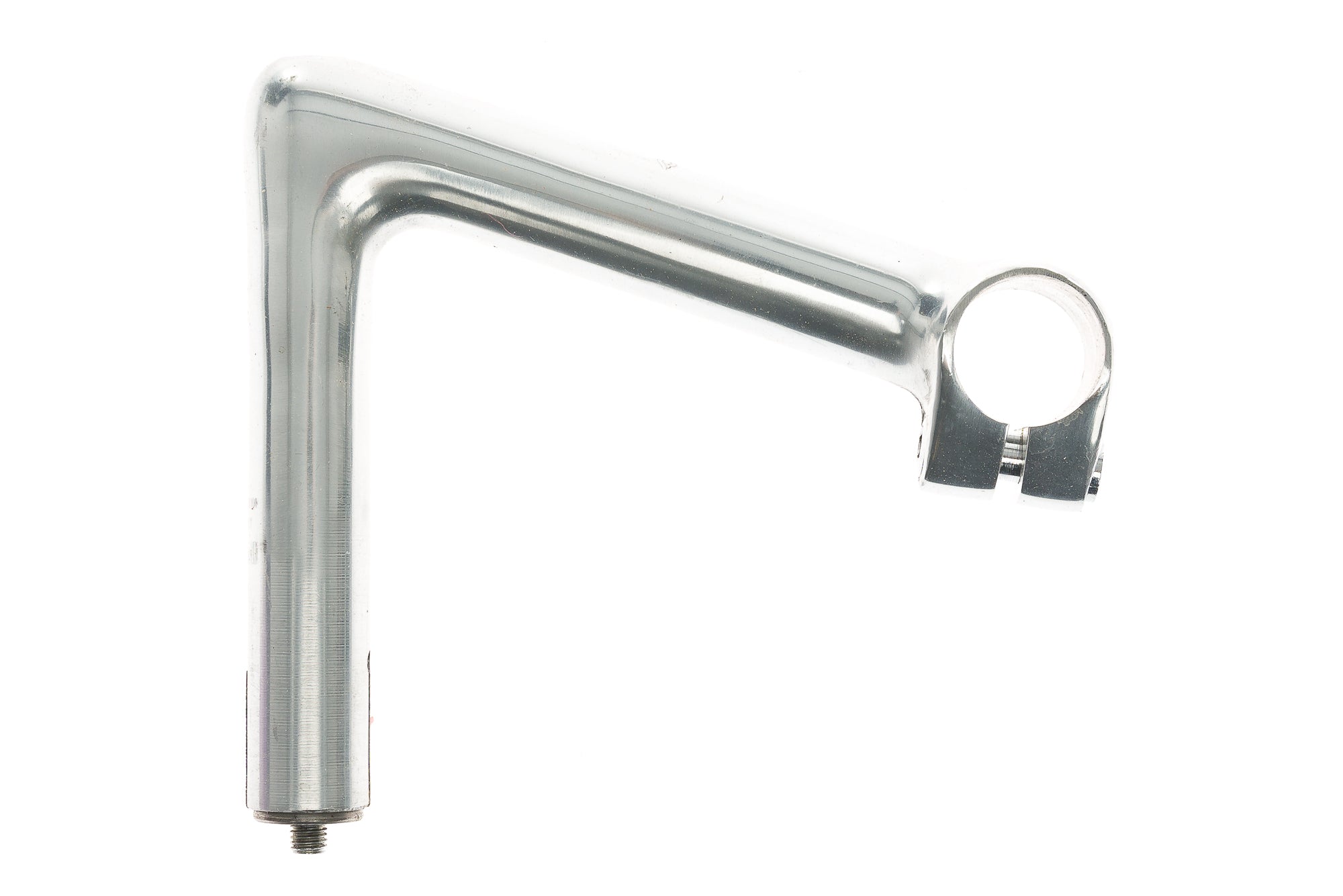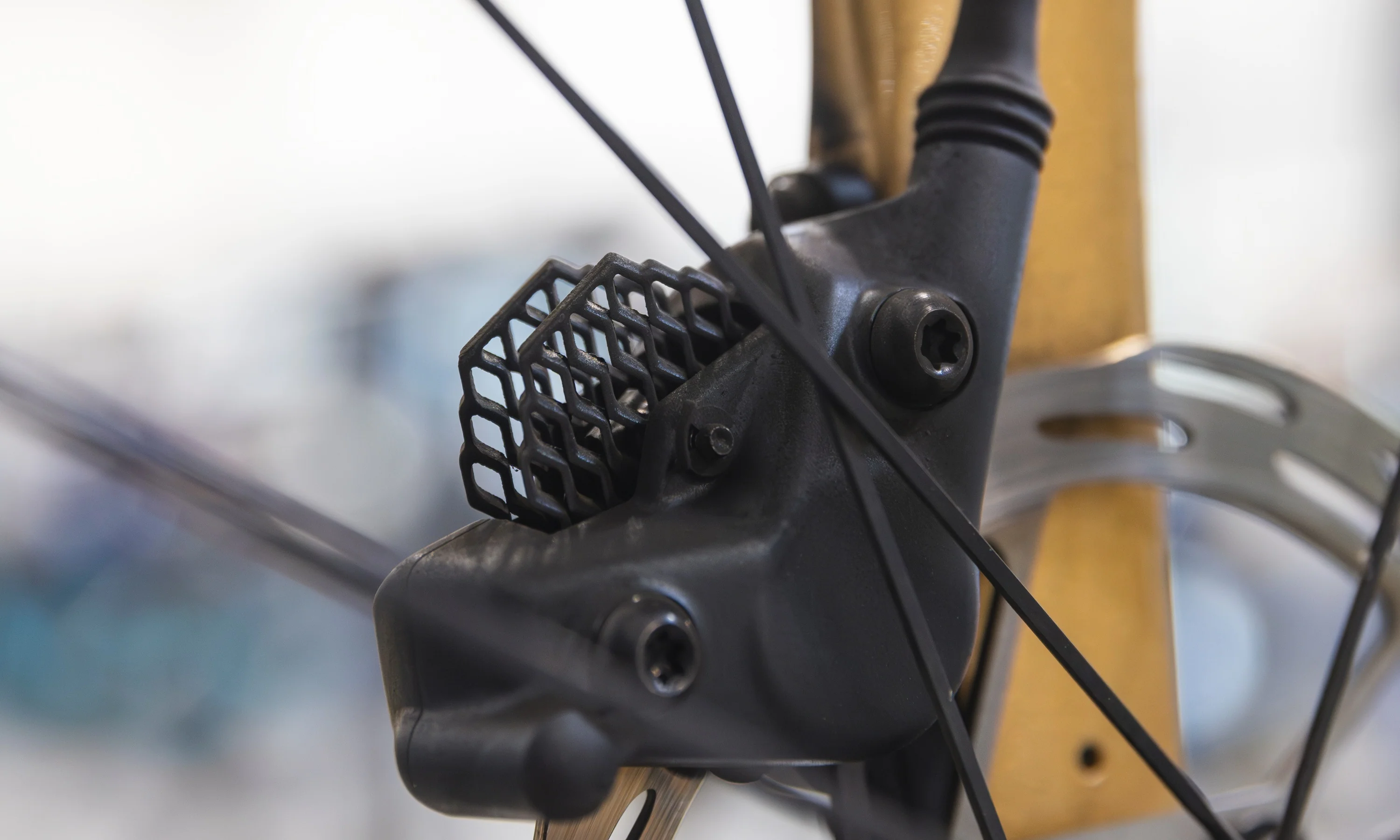The iconic Cinelli Laser Rivoluzione. Photo courtesy of Cinelli.
When I was younger (and cooler), there was only one bike brand that interested me — Cinelli. My dream frame was the classic Cinelli Supercorsa Pista or a special edition Red Hook Crit x Cinelli Vigorelli. Yup, I was a fixie kid. I raced alleycats on a beat up Cinelli Mash Bolt, wore Cinelli caps to the coffee shop, and wrapped my vintage Cinelli Giro d’Italia bars in Cinelli Ribbon bar tape.
But this Italian company is much more than my hipster obsession. It’s actually one of the oldest brands in cycling with nearly 75 years of history and a catalog full of some of cycling’s most influential products. Even though my dream bike has since changed and changed and changed again, Cinelli bar tape is still my favorite, and I still think Cinelli is pretty cool. Here’s why.
[button]SHOP CINELLI[/button]
A History of Cinelli Innovation
 Cino Cinelli. Photo courtesy of Cinelli.
Cino Cinelli. Photo courtesy of Cinelli.
In his day, Cinelli’s founder, Cino Cinelli, was a decorated pro rider. He won the Tour of the Apennines in 1937, the Giro di Lombardia in 1938, and Milan–San Remo in 1943. After retiring from pro racing, he turned his attention to building bikes, founding his namesake company in 1947. Cinelli suffered a lot of mechanical failures during his racing years, which influenced his ideas on bike design. He believed that frames needed to be stiffer and more reliable with more relaxed geometry than what was available at the time.
One of the first to put a Cinelli frame to the test was actually one of Cinelli’s former competitors, Il Campionissimo himself, Fausto Coppi. Though he rode for the Bianchi team, the Italian great helped his former rival prove out his early frames.
[newsletter]
The Cinelli Supercorsa

The Cinelli Supercorsa has been in uninterrupted production for almost 70 years now and it’s one of the most iconic bikes ever produced. Cinelli implemented many of his new ideas on this frame platform. To improve front end stiffness, the fork was built with a revolutionary sloping fork crown and internal lugs to create shorter and stiffer fork legs. Cinelli also redesigned the traditional seatpost collar to create the Supercorsa’s double-bolt “fastback” seat stays. The seat stays joined the frame behind the lug rather than alongside it, strengthening the frame’s grip on the seatpost to prevent slipping.
Finally, it used Cinelli’s stable “Italian stage racing geometry” which allowed riders to conquer Grand Tours like the Giro d’Italia and Tour de France in relative comfort. You can still buy a Supercorsa today, and it’s received small updates over the years to keep up with contemporary standards.
[product-block handle="cinelli-supercorsa-50cm-frameset-2019"/]
Alloy stems and handlebars: Cinelli 1A

At the 1960 Rome Olympics, Cinelli introduced what is perhaps its most famous component, the aluminum 1A stem. At the time, many riders still had concerns about the strength of aluminum. But the 1A promised superior safety by using a proprietary integrated bolt system in the clamp, instead of an external nut and bolt. When used with matching Cinelli bars, it kept the handlebars firmly in place while also preventing the common issue of “pinched” bars. The 1A became the first aluminum stem widely used by professional riders. It was so successful that Cinelli continued producing it, almost unchanged, for more than 30 years.
Clipless pedals: Cinelli M71
 Photo: Amy Danger
Photo: Amy Danger
French company Look made the first widely accepted clipless pedal, but Cinelli actually beat Look to the punch by releasing the earliest production clipless pedal over a decade earlier. The Cinelli M71 was launched in 1970 and it used a plastic shoe cleat which slid into grooves in the pedal and locked in place with a small lever located on the back side of the pedal body. To unclip, a rider had to actually reach down and release the lever, similar to loosening a toestrap. According to bike tech legend, Sheldon Brown, the M71’s hand operated system retained feet so well it earned them the nickname “death cleats.” In a clever bid to avoid “death,” the lever was placed on the outside edge of the pedal so that in the event of a fall, the lever might hit the ground and release the rider’s foot.
Plastic saddles: Cinelli Unicanitor

Photo: John Watson
Cinelli’s brother Giotto worked in plastic molding and, after consulting him, Cinelli decided to produce a plastic saddle in 1962. The result was the Unicanitor, the world’s first saddle constructed with a plastic hull. The Unicanitor was lighter, more flexible, and didn’t have the lengthy and painful break-in period of old-school leather saddles. It was the progenitor of all modern bike saddles and it was favored by champions like Felice Gimondi and Eddy Merckx. The Unicanitor remains one of the most desirable vintage saddles today.
The Cinelli Laser
What you're looking at is the ultimate fixie. A track cycling arms race took place throughout the ‘80s and ‘90s as teams competed for gains through technological innovation. The radical Cinelli Laser was one of the first aero “funny bikes” which used a smaller diameter front wheel to put the rider in a lower, more aerodynamic position. It also used the latest aero Columbus tubing and pioneered the use of TiG welding in bicycle frames. The Laser changed track cycling, winning more track world championships and Olympic gold medals than any other bicycle in the history of the sport. Ultimately, because of bikes like the Laser, the UCI decided to slow things down by banning the funny bike design.
The best handlebar tape
Cinelli has produced too many groundbreaking products to include everything in this short piece. And it’s still at it, building bikes, components, and accessories that excite and delight modern riders.
If a Supercorsa or Supercorsa Pista in my size ever comes through TPC, I’ll probably jump on it just to own my college dream bike. In the meantime, my never-ending search for a new gravel bike has drawn my eyes to Cinelli’s latest King Zydeco. It’s a modern carbon gravel bike with massive (700x47mm) tire clearance and Campagnolo’s 13-speed Ekar gravel gruppo.
[product-block handle="2021-cinelli-king-zydeco-l"/]
No matter what bike I’m riding though, it will probably have its bars wrapped in Cinelli’s Cork Ribbon handlebar tape. It’s been my go-to handlebar tape for over 15 years.
[product-block handle="cinelli-cork-handlebar-tape-black"/]
It’s comfy, grippy, durable, easy to wrap, works great when wet, comes in a wide variety of colors and patterns, and best of all, it’s affordable. You don’t need anything else.
[button]SHOP CINELLI[/button]













